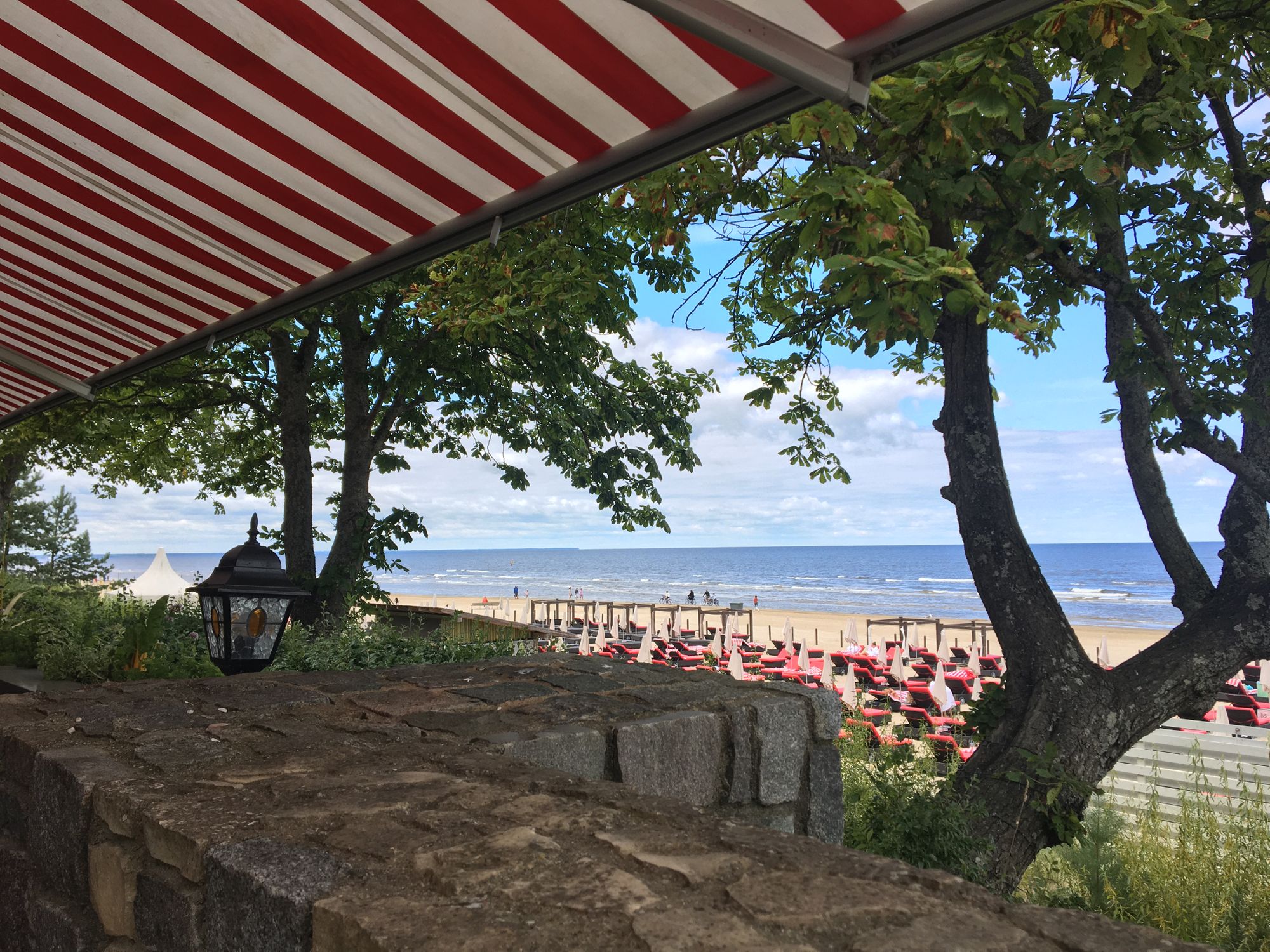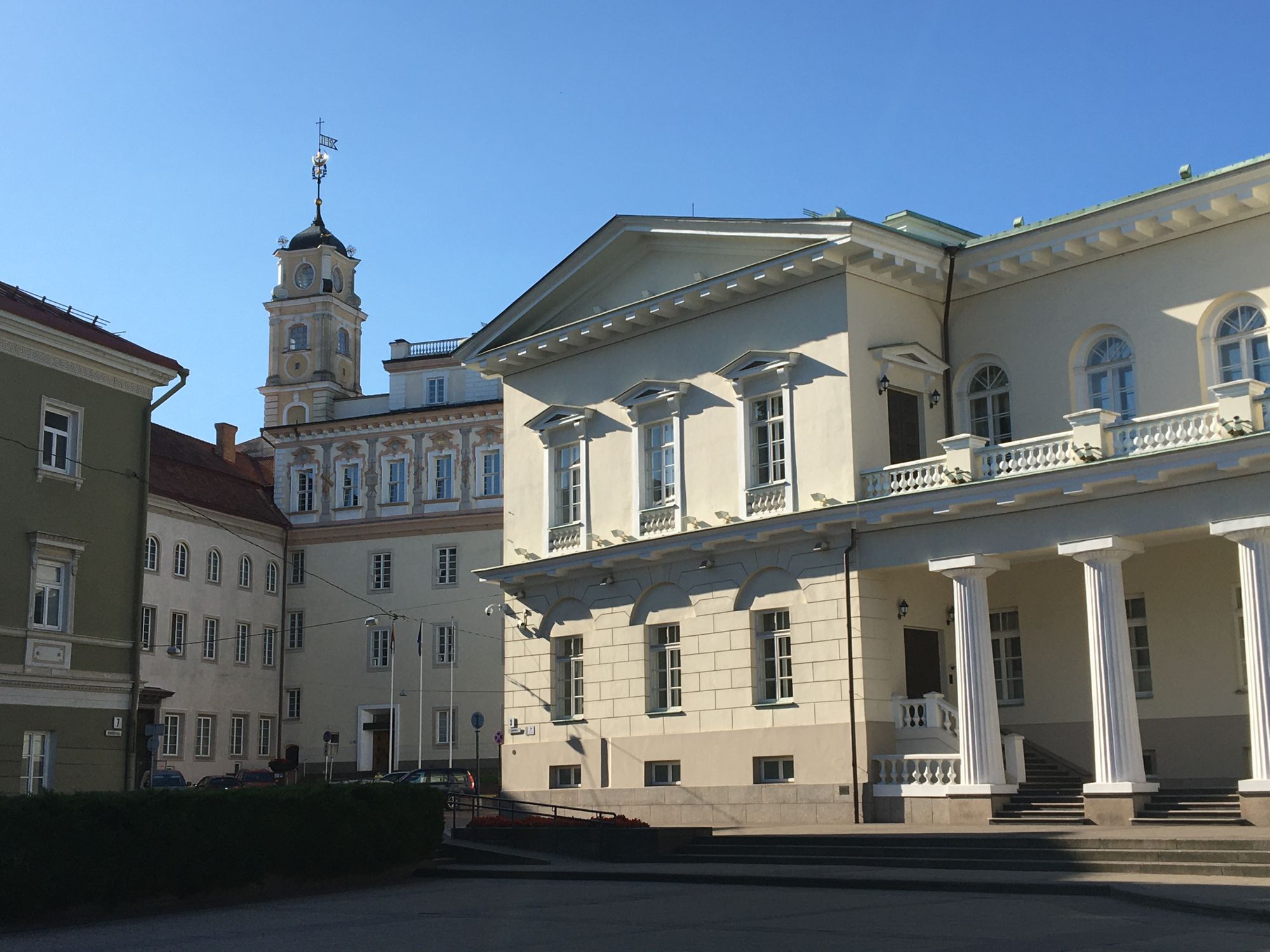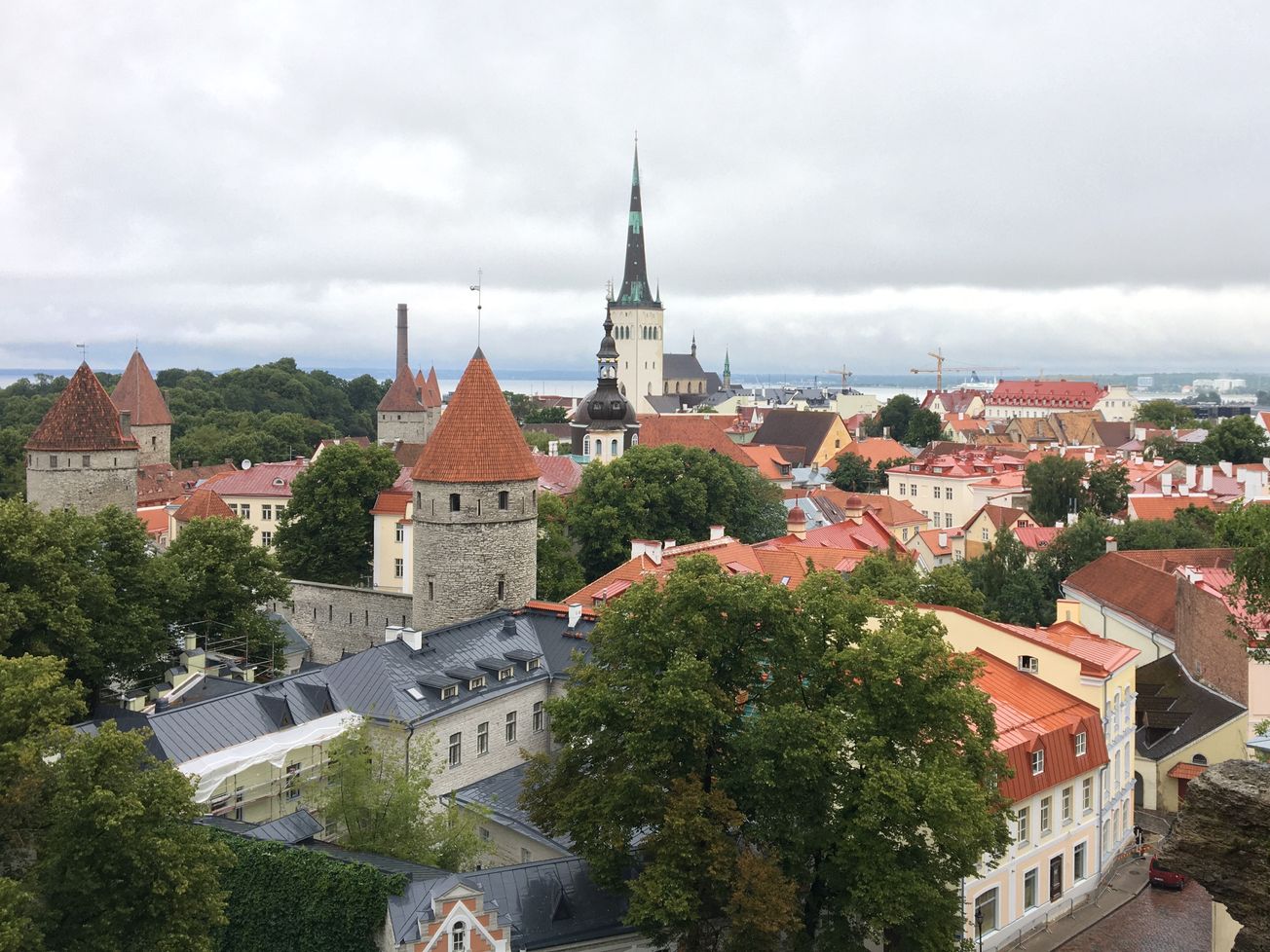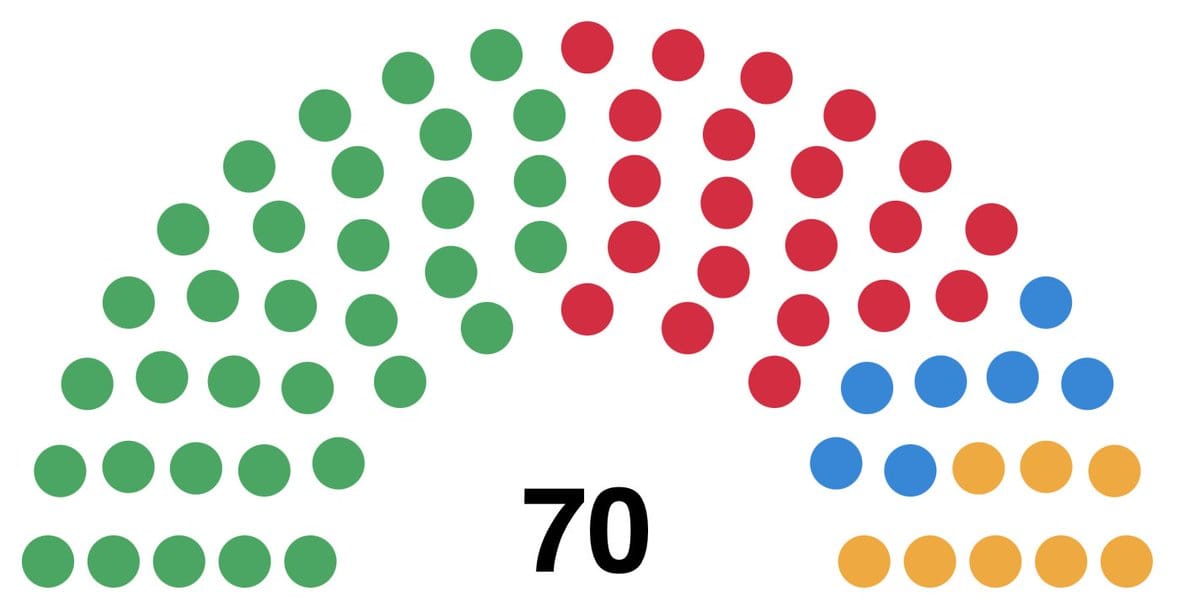By Xander Brett, Travel Editor
The Croft Magazine // The Baltic states, clinging to the side of Russia, are cheap for students, but an odd collection of technological startups and run-down dumps.
I’ve said before that Europe is characterised by its ‘clusters within a cluster’. Well, the Baltic Entente, clinging to the side of Russia, is one such cluster: bridging the divide between Finland and the rest of the Continent. It consists of three small nations: Estonia, Latvia and Lithuania. They’re countries thirty years from splitting free of the Soviet Union, and twenty years from joining the European Union. But, while all have joined the single currency and liberal social structures, Lithuania and Latvia still look like outposts of the Communist empire, while Estonia has obliterated its twentieth century to rise a mini-Nordic-wannabee.
In August 2020, I bridged the gap: travelling from Vilnius, through Riga, to Tallinn, along the route of the ‘Baltic Chain’: the line of the human hands, formed by two million people on 23rd August 1989, demanding independence from the Soviet Union. Unlike Prague, these cities haven’t become a party capital post communism, and still hold a bunch of uneducated, untravelled old ladies clinging to conservatism with a small ‘c’, as well as a fair smattering of tracksuit wearing gopniks.

Landing at Vilnius Airport, I was driven to my hotel in the city centre (a vast former monastery, where I was the only guest). The next morning, I awoke to a broken city of run-down, overgrown, freezing homes covered in a layer of industrial dirt, with the occasional dot of Catholic colour. Lithuania, indeed, is the only Catholic country in the region, a by-product of the Polish-Lithuanian Commonwealth, with a single monarch from 1569 to 1795. Lithuania, also, in August 2020, seemed to be the only country where the coronavirus pandemic was accepted. Here, masks were mandatory indoors. In Latvia and Estonia, there wasn’t a mask or hand sanitiser in sight.
Anyway, after dodging the president’s small motorcade, I walked through a forest to the Vilnius television tower, the socialist structure characteristic of Communist cities. On a revolving ice cream parlour, 165 metres up, I looked over a sea of concrete blocks to Belarus. Then, after a lunch of cepelinai dumplings, back in the medieval centre, I stocked up on newspapers and food for the bus journey up. This southern leg was one of peasants in vast fields, inhabiting decrepit wooden houses with Russian-style windows. Falling asleep, with the day darkening, I crossed the border and cruised into Riga.

With Lithuania’s modernism gone, Riga’s monetary and cultural poverty was all the more apparent. This backwater of strong balsam and dried fish is ruled over by the giant structure occupied by the Latvian Academy of Science, known to locals as ‘Stalin’s Birthday Cake’. Escaping on a 70s train more suited to the Third World, I had lunch at Jūrmala, where some money had trickled through to create a seaside resort town. Then it was back to pick up my suitcase and head to my final stop. The northern leg was through forest dotted, after crossing the border, with the occasional white town.
Here in Estonia, the roads were smooth, the language Finnic, and the people pretty. With a population of just one million, it’s a microstate occupying a normal landscape. Tallinn (with its cobbled streets and Vana Tallinn liquor) still feels cut off, though the self-driving buses, proper broadcasting and food from palace grounds welcomes you back to civilisation. This is a nation where residents even vote online and, with Skype and its start-ups, it’s clear Estonia has successfully launched into the future, leaving its southern neighbours struggling behind. And, though its constant wranglings to snuggle up to Finland (they even share a national anthem tune but, trust me, it’s a one-way admiration) are irritating, you can’t help but admire them rising up from the rubble.
Featured Image: Epigram / Xander Brett









